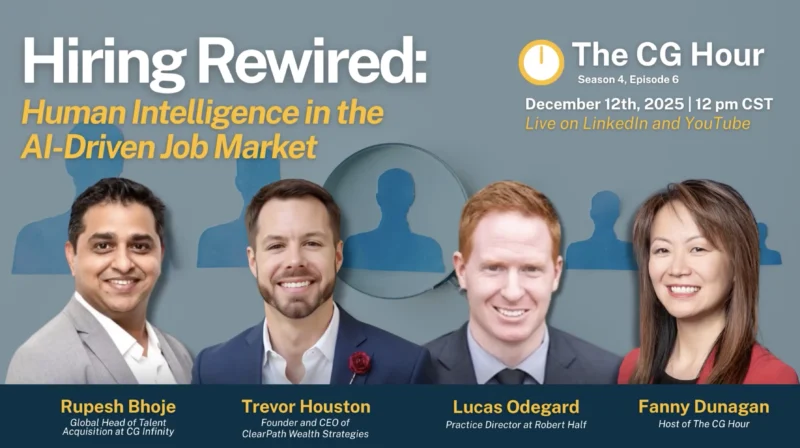Fiberside Chat: A Model Is Key for Present and Future Understanding of Your Network
It may sound simple, but it’s something many telecommunications companies forget when modeling their network: It’s easier to plan if you have a deep understanding of what the current overview looks like.
Too many telcos may not understand exactly where they have fiber, how close or far it is from their potential customers or how much they would have to connect when evaluating a potential merger and acquisition.
“I think most people understand that today, but some of the people just starting out are looking so much at the right now and not really at the future of what they’re going to do,” said Tommy Siniard, Chief Technical Officer at 3-GIS.
Having the data on exactly what your network looks like can also have big benefits, whether it’s reporting to local authorities, dealing with taxes or even showing places where inefficiencies can be cut and costs can be reduced by eliminating redundancies.
“It’s important to keep in mind that this data, from a financial perspective, can be used for both reducing costs and also growing your network and revenue generation,” said Greg Connors, 3-GIS’ Technical Product Manager.
The best way to achieve some of those goals is to make sure there are open lines of communication between the people managing the fiber network and those in the office.
“In order to get the true value of the data from a financial and reporting perspective, it’s important to understand connectivity both from the outside network, between the buildings, inside the buildings, all the way to the intelligent electronics, which is where the circuits ride,” Conors said. “So, understand down to the level where you could say, this is where these circuits are riding through these fibers through this part of the city.
“That’s challenging, but that’s really where you get the most value out of your physical network and logical combined data.”
Be sure to subscribe to our industry publication for the latest news, videos, and podcasts in the Software & Technology Industry.
Twitter – @MarketScale
Facebook – facebook.com/marketscale
LinkedIn – linkedin.com/company/marketscale









